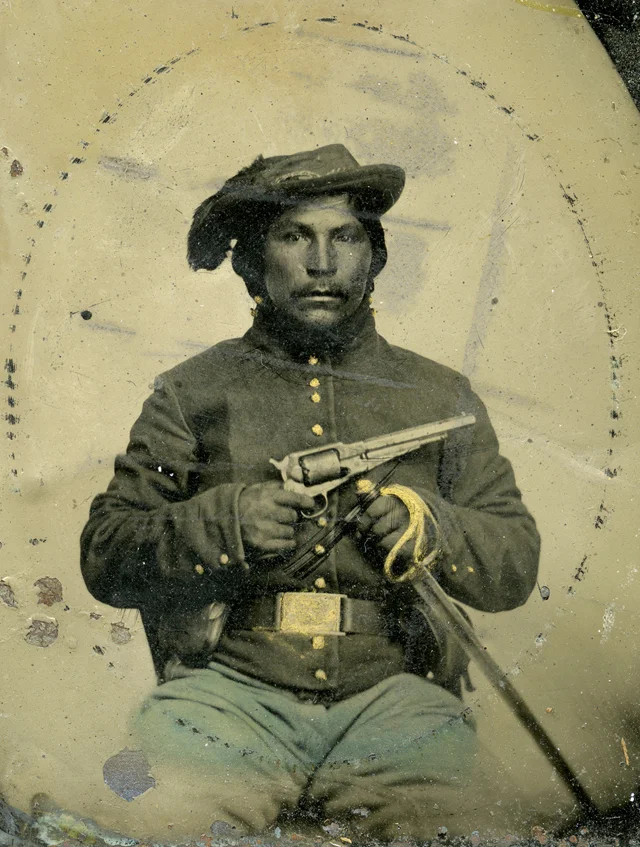Chasing Bushwhackers: The 3rd Missouri Cavalry and a "Scout to Hot Spring County," Arkansas
/On February 8, 1864, blue-clad troopers of the 3rd Missouri Cavalry rode southwest out of Little Rock, Arkansas on a “scout to Hot Spring County…for the purpose,” explained Private Alexander W.M. Petty, “of driving out a company of bushwhackers reported to be committing all kinds of depredations there upon the persons and property of the loyal citizens.” Over the next week, the Federals journeyed over 200 miles, clashed repeatedly with Rebel guerrillas, suffered casualties, and took enemy prisoners. Their scout through Central Arkansas offers a window in the harsh realities of guerrilla warfare and the difficulties that faced U.S. soldiers in attempting to suppress it.
Read More




















